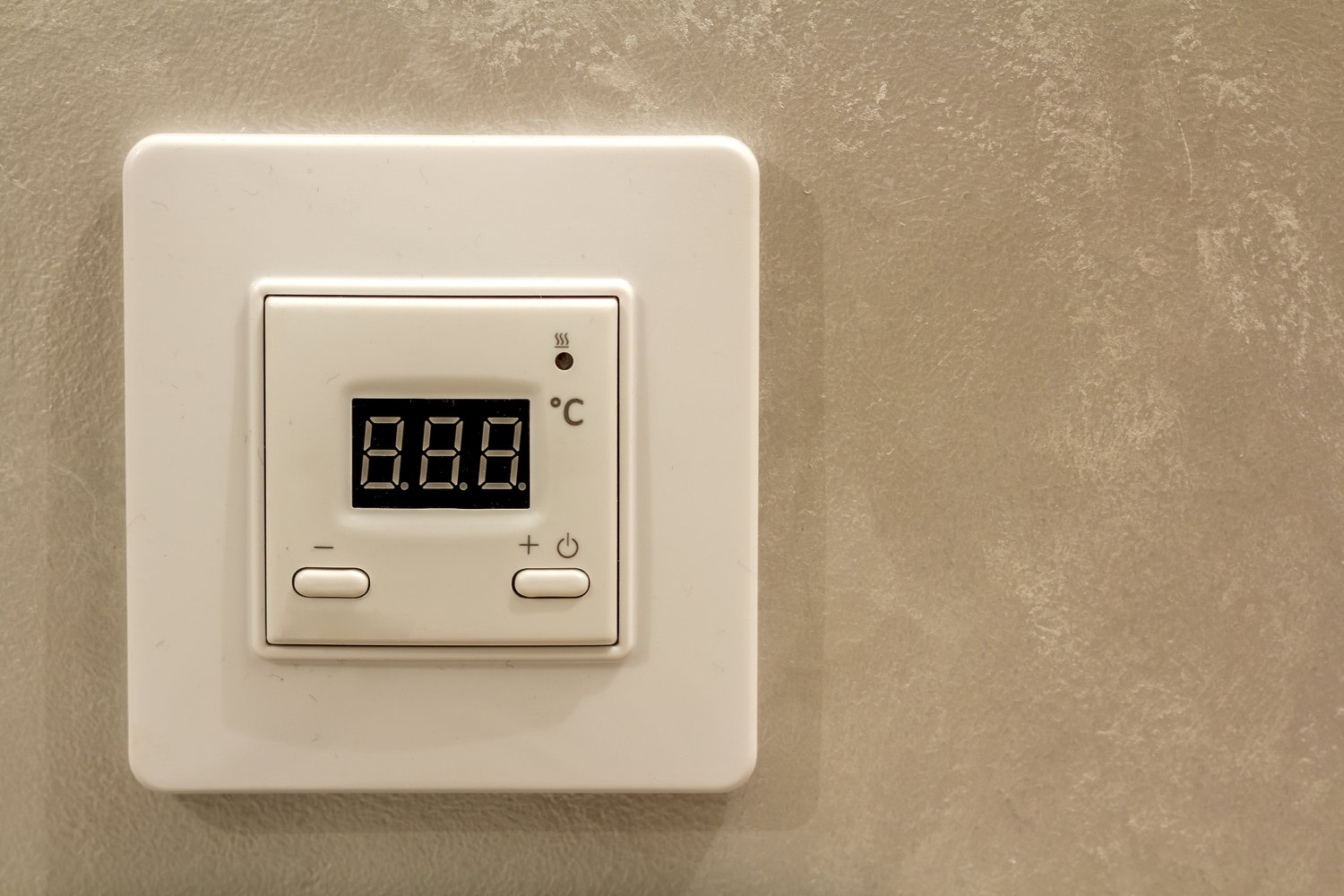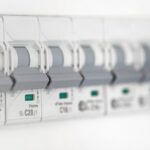Is your refrigerator failing to keep your food fresh, leading to unexpected spoilage or unwelcome ice build-up? Tackling temperature control issues can seem daunting, but understanding the complexities of fridge mechanics makes it a manageable task. This guide explores crucial strategies to maintain optimal temperatures, essential for both preserving food and saving energy in your household.
- Understanding Temperature Control: Delve into the reasons behind erratic temperature shifts in modern refrigerators.
- Identifying Common Problems: Recognize typical culprits like malfunctioning thermostats or incorrect settings that disrupt cooling efficiency.
- Practical DIY Fixes: Gain insights into simple, effective repairs you can perform at home to restore temperature stability.
Equip yourself with the know-how to keep your refrigerator running smoothly, ensuring it continues to meet your household needs efficiently. Dive deeper to discover how regular maintenance can prevent these issues from recurring, ultimately saving you time and money.
Understanding Refrigerator Temperature Control Troubleshooting
Refrigerator temperature control is crucial for preserving the freshness of your food and ensuring energy efficiency. Several factors can lead to temperature fluctuations that disrupt this balance.
At the core, problems often arise from defective components or incorrect settings within the appliance. Understanding these can help in identifying the root cause and ensuring optimal refrigerator performance.
First, consider the placement of the appliance. If your refrigerator is too close to the wall or surrounded by heat sources, it might struggle to maintain the correct temperature. Proper ventilation is key.
Secondly, examine the internal setup. Overcrowding the refrigerator can impair airflow, which is essential for consistent temperature control. Ensure that there is sufficient space for cool air to circulate freely.
Regular maintenance also plays a significant role. Cleaning condenser coils and checking door seals for leaks can significantly contribute to maintaining steady temperature control. Keeping these elements in check prevents issues and extends the life of your refrigerator.
Common Issues in Temperature Regulation
Temperature regulation issues are common nuisances in household refrigerators. One frequent problem is a faulty thermostat, which can lead to inaccurate temperature readings.
When a thermostat malfunctions, it may result in temperatures that are either too cold or not cold enough, affecting the longevity and safety of stored food. Testing and replacing a thermostat can often resolve this issue.
Improper temperature settings are another common issue. It’s essential to maintain the recommended refrigerator temperatures, typically between 37°F and 40°F (3°C to 4°C).
Misadjusted settings can cause the appliance to work harder than necessary, increasing energy consumption and leading to engine wear and tear.
Additionally, door seal leaks are a frequent culprit. Gaps in the door seal allow warm air to enter, disrupting the cooling process. Regularly check the seals and replace them if they are cracked or damaged.
Lastly, be mindful of any unusual noises or excessive frost buildup, as these can indicate deeper issues with the cooling system that may require professional attention if simple adjustments do not resolve them.
Effective Solutions for Refrigerator Temperature Control Troubleshooting
Encountering temperature control issues with your refrigerator can be frustrating, but fortunately, there are several effective solutions to address these problems without calling a professional. By taking a proactive approach, you can ensure your refrigerator maintains optimal cooling and efficiency.
Inspect the Thermostat Settings: First, check your refrigerator’s thermostat settings. Sometimes, the solution is as simple as adjusting the dial to a colder setting. Ensure that the thermostat is set correctly and that it hasn’t been accidentally changed by someone else.
Ensure Proper Airflow: Adequate airflow is crucial for effective cooling. Make sure that the vents inside the refrigerator are not blocked by food items. Overcrowding your fridge can impede the circulation of cold air, leading to temperature fluctuations.
Clean the Coils: Dirty condenser coils can significantly affect your refrigerator’s cooling performance. Periodically, use a vacuum or brush to clean the coils located at the back or underneath your fridge. This step helps the refrigerator work more efficiently.
Check the Door Seals: Improperly sealed doors can cause cold air to escape, which affects the temperature inside. Inspect the door seals for tears or gaps. If there are any issues, consider replacing the gaskets to ensure they form a tight seal when the door is closed.
Monitor Internal Temperature: Use a refrigerator thermometer to monitor the internal temperature. This tool provides an accurate reading, allowing you to make precise adjustments as needed. Aim for a temperature between 37°F to 40°F (3°C to 4°C) to keep food fresh and energy consumption low.
By following these actionable steps, you can restore your refrigerator’s proper functioning. Regular maintenance and periodic checks will also help prevent future temperature control issues, keeping your appliance running smoothly and efficiently.
Frequently Asked Questions about Refrigerator Temperature Control
How can I tell if my refrigerator’s thermostat is faulty?
Check if the fridge is maintaining the temperature between 37 to 40°F (3 to 4°C). Use a thermometer to measure the exact inside temperature.
What should I do if my refrigerator is too cold?
Ensure the temperature settings are correct. Adjust the dial to a higher number, and check the vents for blockages.
Why is my refrigerator not cooling properly?
Check for issues like blocked air vents, faulty door gaskets, or an overloaded fridge. Inspect and clean these parts regularly.
Can I fix a refrigerator’s temperature problem on my own?
Yes, many issues like thermostat adjustments, gasket replacements, and cleaning can be handled without professional help.
What maintenance tips can help prevent temperature issues?
- Regularly clean the coils.
- Don’t overload the fridge.
- Check seals and gaskets.
- Keep vents unblocked.





